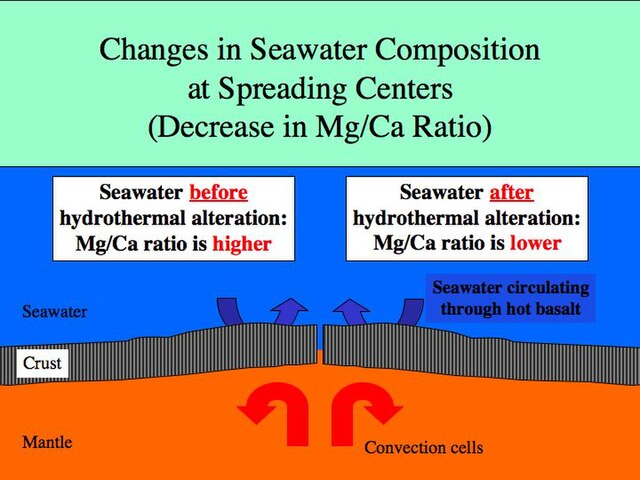The Southwest Indian Ridge (SWIR) is a mid-ocean ridge located along the floors of the south-west Indian Ocean and south-east Atlantic Ocean. A divergent tectonic plate boundary separating the Somali Plate to the north from the Antarctic Plate to the south, the SWIR is characterised by ultra-slow spreading rates (only exceeding those of the Gakkel Ridge in the Arctic) combined with a fast lengthening of its axis between the two flanking triple junctions, Rodrigues (20°30′S 70°00′E) in the Indian Ocean and Bouvet (54°17′S 1°5′W) in the Atlantic Ocean.

Separating the African (or Nubian-Somali plates) and Antarctic plates, the Southwest Indian Ridge (SWIR) stretches 7,700 km (4,800 mi) from the Atlantic Ocean to the Indian Ocean. With an average spreading rate of 14–15 millimetres per year (0.55–0.59 in/year), the SWIR is one of the slowest-spreading mid-ocean ridges on Earth. Characterised by numerous large transform offsets, most of the SWIR is highly segmented and oblique relative to the spreading direction.
A mid-ocean ridge (MOR) is a seafloor mountain system formed by plate tectonics. It typically has a depth of about 2,600 meters (8,500 ft) and rises about 2,000 meters (6,600 ft) above the deepest portion of an ocean basin. This feature is where seafloor spreading takes place along a divergent plate boundary. The rate of seafloor spreading determines the morphology of the crest of the mid-ocean ridge and its width in an ocean basin.
Rift zone in Þingvellir National Park, Iceland. The island is a sub-aerial part of the Mid-Atlantic Ridge
Magnesium/calcium ratio changes at mid-ocean ridges



